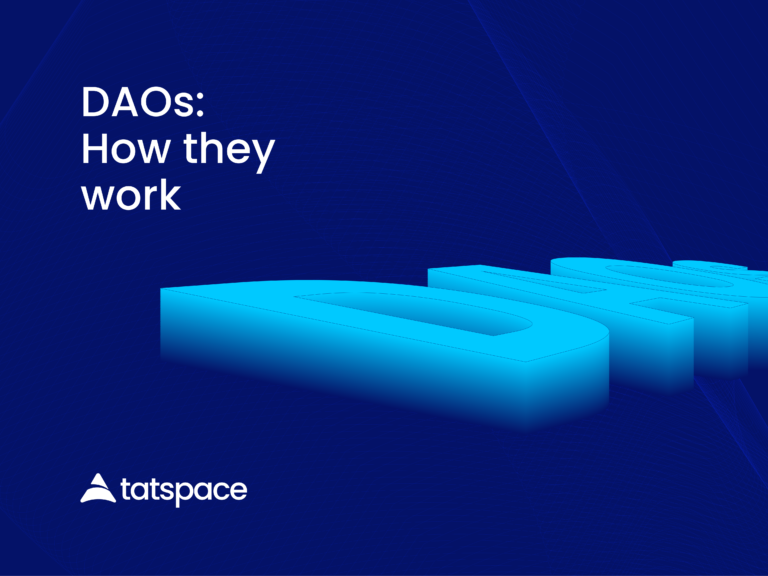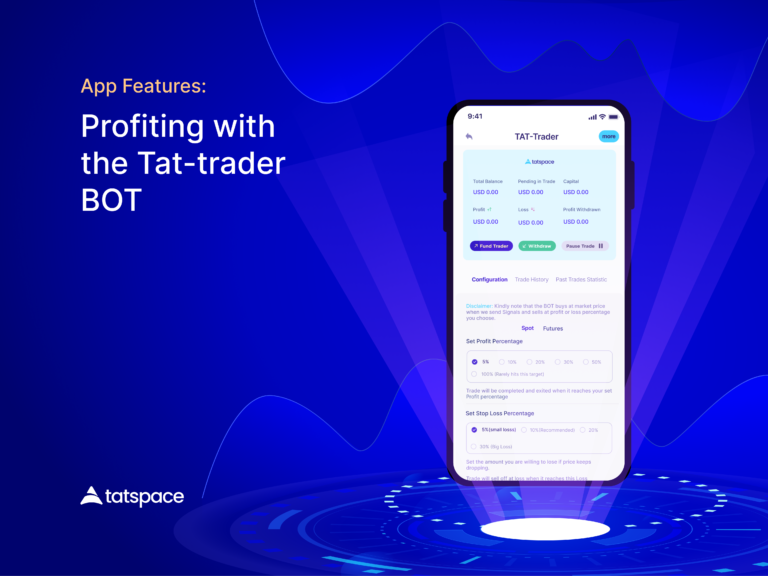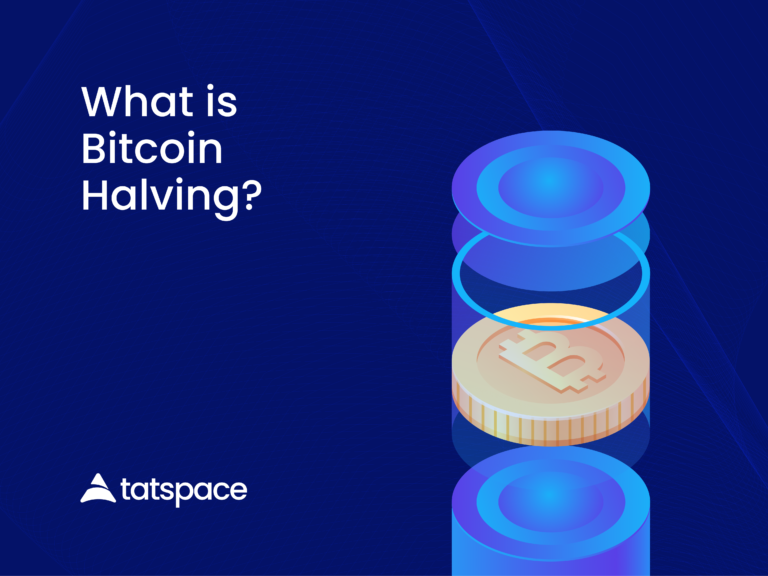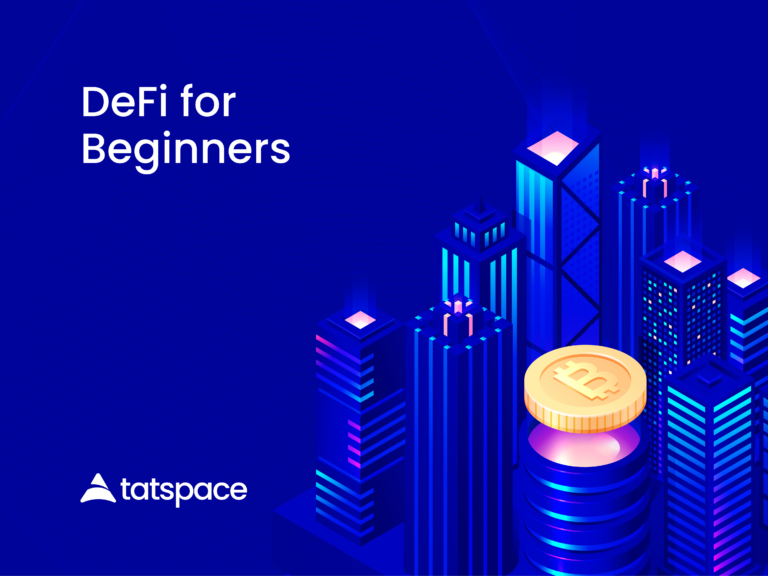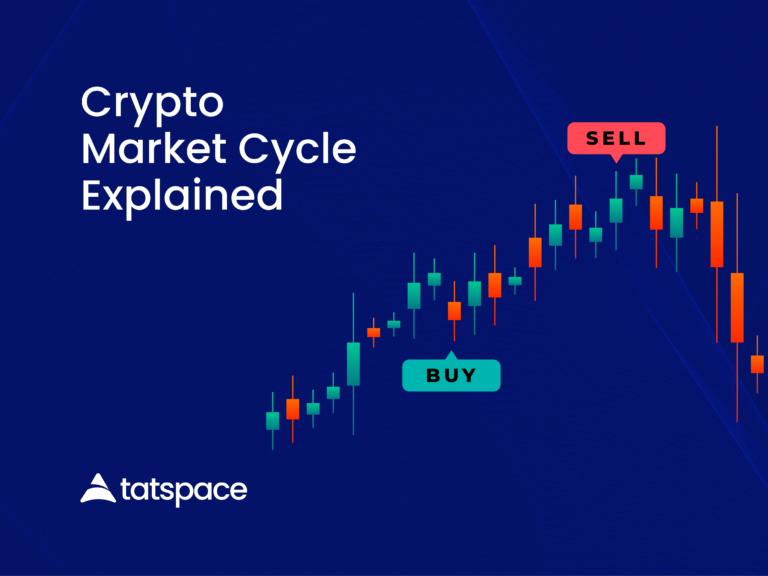You have probably used the term “I’m not very liquid at the moment” to refer to not having cash at one point or the other.
This post talks about What Liquidity means and the various forms it is taking in this current age
Markets are places where people converge to buy and sell.
But how do you measure the performance and condition of a market?
Volatility, trading volume, and other factors are very important.
So is liquidity too.
Liquidity generally represents the extent to which a market will allow transactions without significantly altering prices.
But that sounds a little vague.
So let’s get a little more explanation about liquidity.
What is liquidity?
The liquidity of an asset refers to the ease of converting it into another asset without affecting its price.
It is a measure of how quickly and easily an asset can be bought or sold.
This means that for an asset with good liquidity, you can buy or sell it easily without significantly affecting its price.
An asset with a low level of liquidity, on the other hand, means you cannot buy or sell quickly.
Sometimes, if you’re able to buy or sell it, the transaction would affect its price significantly.
You can consider cash and cash equivalents the most liquid assets since you easily convert them into other assets.
Real estate, an exotic car, or a rare item, on the other hand, you can consider as less liquid since they can be difficult to buy or sell.
For example, having a rare piece of art in your possession may feel like a good idea, but finding a buyer willing to pay a fair price may prove challenging.
Imagine you would like to buy a car with your artifact as well.
Finding someone with the right car that is willing to trade a piece of art for the car you want will be almost impossible.
During these times cash is useful.
Due to their nature, tangible assets generally tend to be less liquid than digital assets.
The transaction is likely to take some time as well as incur additional expenses.
Crypto, stablecoins, and Liquidity
When it comes to digital exchanges and cryptocurrencies, however, buying and selling assets amounts to moving bits around in computers.
Clearing a transaction is relatively easy due to this factor, which helps to increase liquidity.
In the crypto space, a similar asset to cash and cash equivalents is a stable coin.
In spite of the fact that stablecoins and digital currencies are yet to get wider acceptance, it is only a matter of time before they become mainstream.
However, stablecoins already account for much of the market volume in cryptocurrencies, making them very liquid.
To put this in perspective, it might be better to think of liquidity as a scale.
There’s cash and stablecoins at one end of the scale.
Then there are the assets like rare items, which are very illiquid, on the other end.
The best way to think about assets is to think of them as being on a particular part of the liquidity spectrum.
Market liquidity and accounting liquidity are basically the different types of liquidity.
What is accounting liquidity?
Accounting liquidity is a term we use mainly in reference to businesses and their balance sheets.
Basically, it refers to how easy it is for a company to pay off its short-term debt and current liabilities with its current cash flow and assets.
As a result, the accounting liquidity of a business directly reflects its financial health.
What is market liquidity?
Market liquidity refers to the degree of ease to buy and sell assets at fair prices in a given market.
These “fair prices”, would refer to prices that are closest to the intrinsic value of the assets.
In this situation, it would mean that the lowest price a seller is willing to sell at (ask) is close to the highest price a buyer is willing to buy at (bid).
Bid-ask spread is the difference between these two values.
What’s the bid-ask spread?
As we earlier explained, bid-ask spread is the difference between the highest bid and the lowest request.
Low bid-ask spreads are ideal for liquid markets, as you might expect.
Since traders constantly bring the market’s price back to equilibrium, the market has good fluidity.
On the other hand, a large bid-ask spread defines an illiquid market, and buyers and sellers usually wish to transact at prices very different from each other.
Why is liquidity important?
You would think cryptocurrencies should be relatively liquid digital assets, because they are digital assets, right?
Unfortunately, that’s not usually the case.
Liquidity for some crypto assets is higher in comparison to other crypto assets.
Usually, this deviation occurs as a result of market efficiency and higher trading volumes.
It is not uncommon for some markets to have a trading volume of a few thousand dollars, while others will have billions.
Cryptocurrencies like Bitcoin or Ethereum don’t have a problem with liquidity, but other coins suffer from a severe lack of fluidity.
You’ll find this even more crucial is when trading altcoins.
For this reason, if you make a lot of investment and grow your portfolio on coins with very low liquidity, exiting at a desirable price may become a struggle.
This makes trading and investing in assets with high liquidity, a more preferable move.
However, this brings us to the question, What happens when you try to make a huge transaction in an illiquid market?
At this point, a slippage occurs. This ordinarily refers to the gap between your desired price and the price at which your order to complete execution.
Most often, this happens because the order book doesn’t have enough orders close enough to the place you want them for execution.
Using limit orders, you can get around this problem, but your orders may yet not get attention.
Moreover, changing market conditions can also drastically alter fluidity.
It is not uncommon for financial crises to be accompanied by significant liquidity issues as market players rush to cover their short-term obligations.
So, what’s next?
Financial markets depend on liquidity. The best markets to trade are those with high fluidity since you can enter and exit positions relatively more ease.
Do you want to explore and earn from markets with high liquidity?
Check out this guide on how to provide liquidity on Tatswap.


